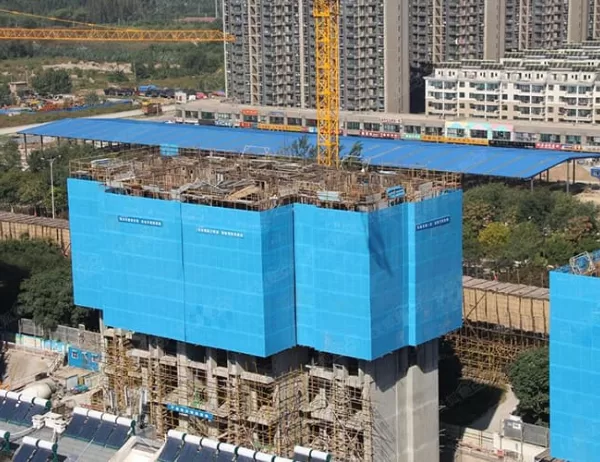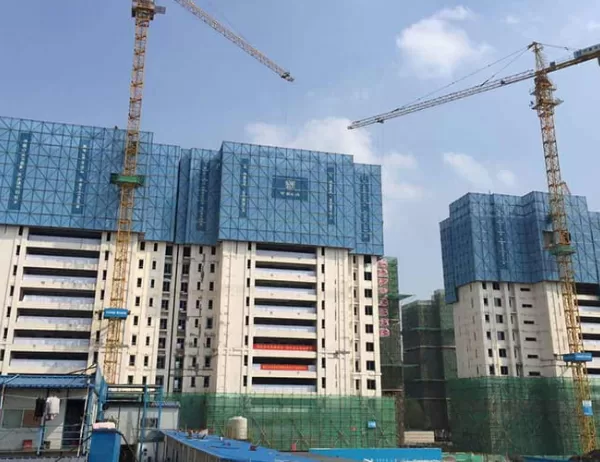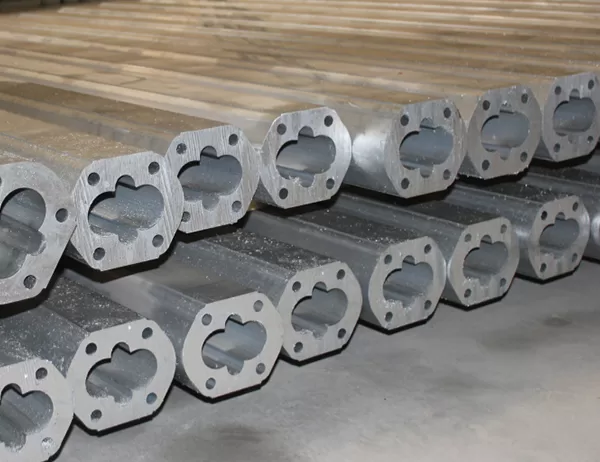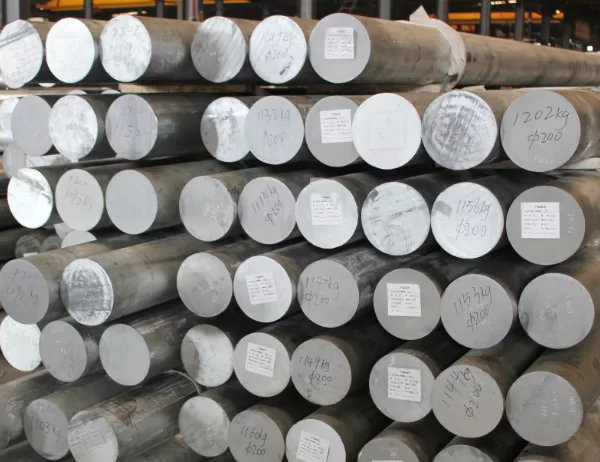Extruded aluminium tubes are versatile and widely used in various industries, including automotive, construction, furniture, and packaging. The manufacturing process of these tubes involves a series of precise steps to ensure high quality and precision.
Billet Preparation
The manufacturing process begins with the selection of high-quality aluminium billets. These billets are heated to a semi-solid state to make them malleable and ready for extrusion. The billets are then cut into smaller sections and coated with a lubricant to reduce friction during the extrusion process.
Extrusion
The prepared billets are placed into an extrusion press, which consists of a ram, a die, and a container. The ram applies immense pressure to the billet, forcing it through the die. The shape of the die determines the profile of the extruded tube. As the billet passes through the die, it solidifies and forms the shape of the tube.
Cooling and Aging
After extrusion, the extruded tubes are cooled rapidly using water or air quenching to stabilize their dimensions and properties. This cooling process prevents undesired distortions and ensures dimensional accuracy. The tubes may also undergo additional aging processes to enhance their strength and corrosion resistance.
Drawing and Annealing
To achieve the desired diameter, wall thickness, and surface finish, the extruded tubes may undergo drawing and annealing processes. Drawing involves passing the tubes through a series of dies to reduce their diameter and increase their length. Annealing involves heating the tubes and then slowly cooling them to soften the material and improve its ductility.
Cutting and Finishing
The extruded aluminium tubes are cut to the required lengths using precise saws or shears. The ends of the tubes may undergo additional processes such as chamfering, deburring, or threading to meet specific requirements. The tubes can also be anodized or coated with various finishes to enhance their durability, appearance, and corrosion resistance.
Quality Inspection and Testing
Throughout the manufacturing process, rigorous quality control measures are implemented to ensure the tubes meet the desired specifications. The tubes undergo non-destructive testing methods such as ultrasonic testing and eddy current testing to detect any flaws or imperfections. Dimensional accuracy, surface quality, and mechanical properties are also inspected to ensure compliance with industry standards and customer requirements.
Conclusion
The manufacturing process of extruded aluminium tubes involves a combination of precision engineering and advanced technologies. From billet preparation to quality inspection, each step is meticulously controlled to produce tubes of exceptional quality that meet the diverse demands of various industries. The resulting tubes possess superior strength, dimensional accuracy, and corrosion resistance, making them ideal for a wide range of applications.




